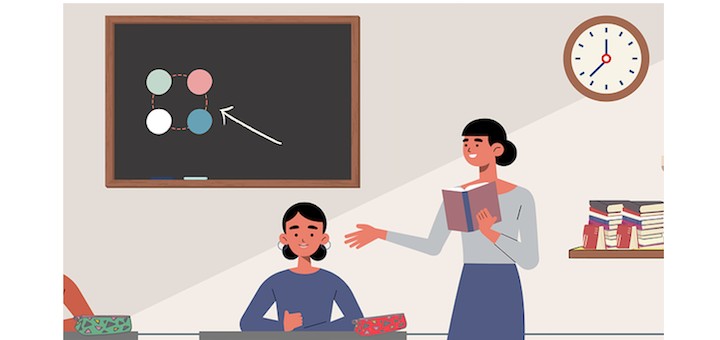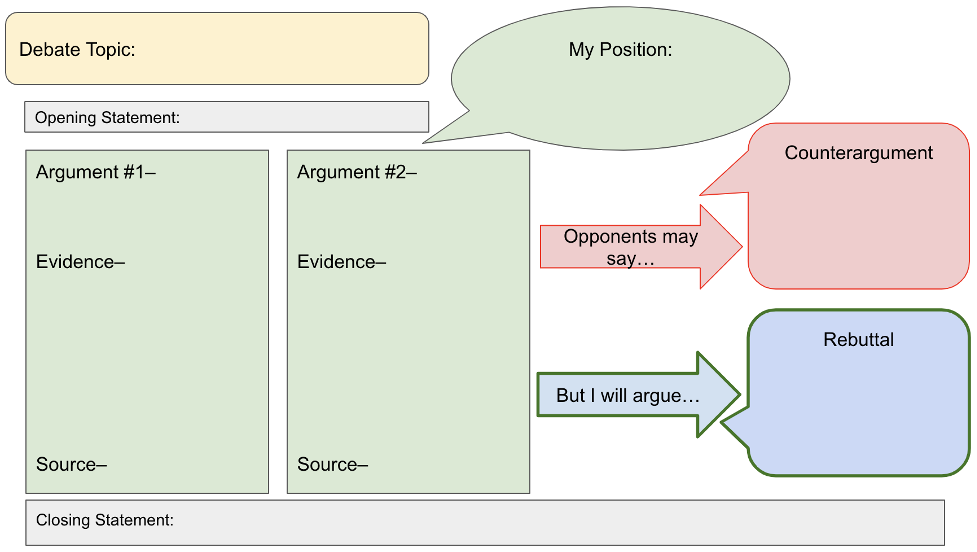By Barbara R. Blackburn

 There are many ways to scaffold student learning, and we’ve looked at some of them – The Critical Partnership of Rigor and Scaffolding, Designing Questions That Support Scaffolding, and Boosting Comprehension Across Subject Areas. Now let’s look at a traditional,but very effective way to scaffold learning: graphic organizers.
There are many ways to scaffold student learning, and we’ve looked at some of them – The Critical Partnership of Rigor and Scaffolding, Designing Questions That Support Scaffolding, and Boosting Comprehension Across Subject Areas. Now let’s look at a traditional,but very effective way to scaffold learning: graphic organizers.
Circle Map
A circle map is designed for students to write what they know about a topic. The topic goes in the middle circle, and students write related words in the outer circle. If they aren’t sure, or if a word doesn’t belong, it goes outside the circles.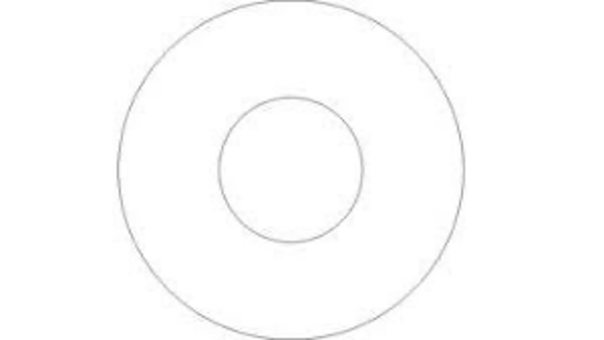

Fishbone
A different organizer that I have found particularly helpful is the Fishbone. The fishbone is used to explore the aspects of a complex topic. It is particularly helpful if you have one single, complicated topic, and then need to provide more detailed information on ideas, examples, or attributes. The fishbone helps students focus, monitor their comprehension, and organize information as you complete the organizer. It also helps them see gaps where they need to find more information.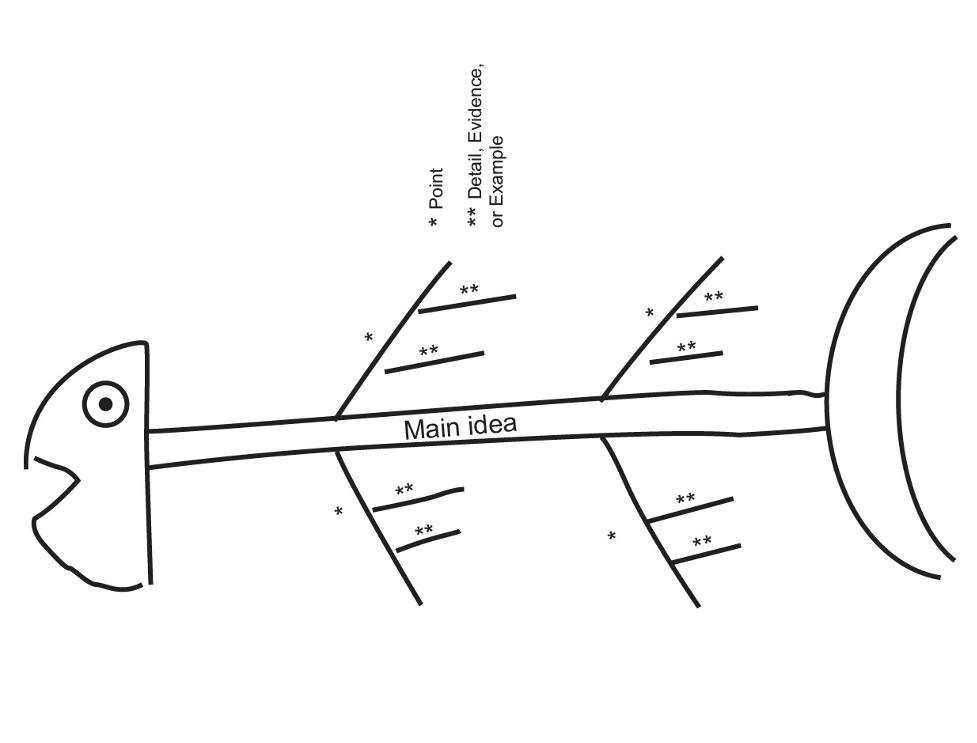

Five-Point Star and Chair
Another graphic organizer is a Five-Point Star. Students can write their main point in the middle of the star, and examples or evidence on the five points. What is interesting is how helpful such a simple diagram can be. The star shape helps students visualize what is in their heads.

The Chair. I used a similar metaphor when I was teaching. If students were making a point, such as why a type of government was best, I said their main point was the seat of a chair. Then, their supporting information supplied the legs of the chair. If they only had one example, they had a wobbly chair. Ideally, they should have four legs.
PERSIA
In our book Rigor in the 6-12 English/Language Arts and Social Studies Classroom, Melissa Miles and I provided a PERSIA graphic for students. It was designed to look at the political, economic, religious, social, intellectual, and area (geographic) influences of an event. Alan Hosley, an academic coach in Georgia, redesigned the graphic using circles, so his students could see the connections in a different way.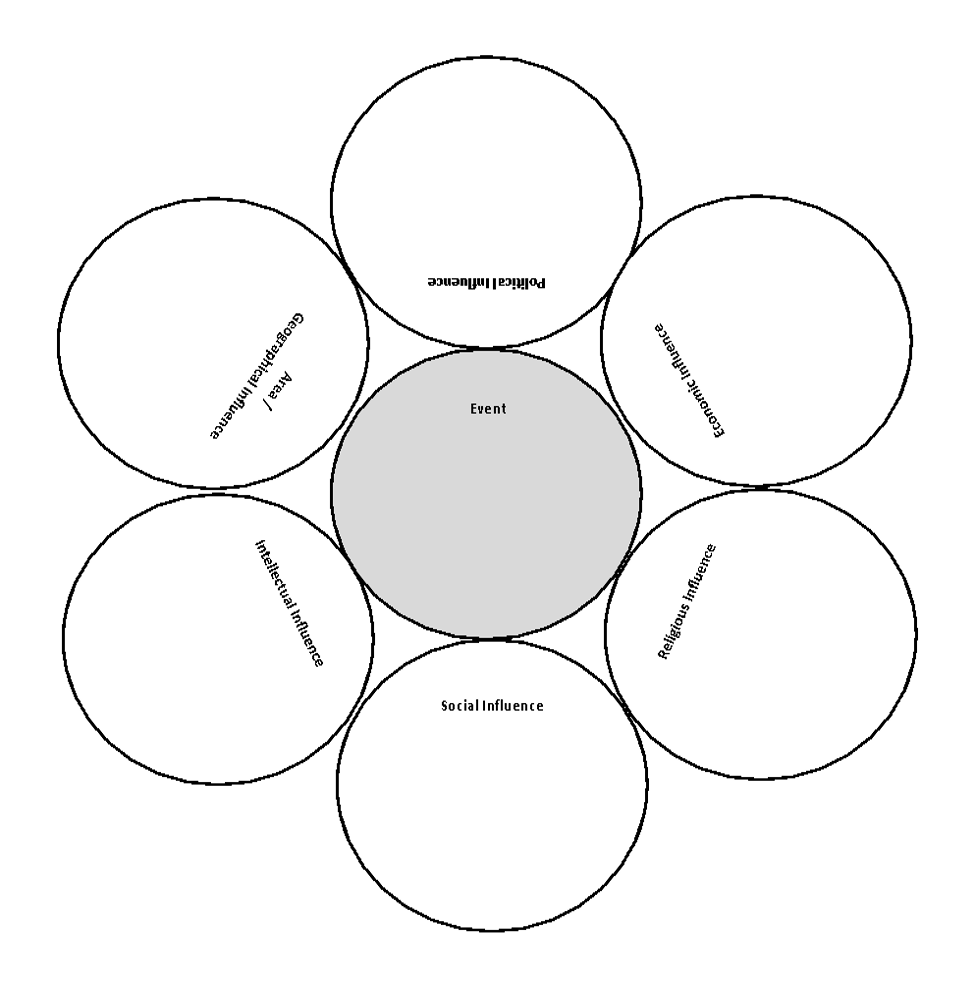
 You might also consider using something similar to overlapping Olympic Circles – with the black ring containing your central focus – if your content lends itself to that.
You might also consider using something similar to overlapping Olympic Circles – with the black ring containing your central focus – if your content lends itself to that.
Scale
Another graphic organizer I used for students doing persuasive writing or debates was a scale. On the base, students wrote their opinion, and they “stacked” their points on each side of the scale (for and against). With this, they could see if they had enough evidence for their point of view.
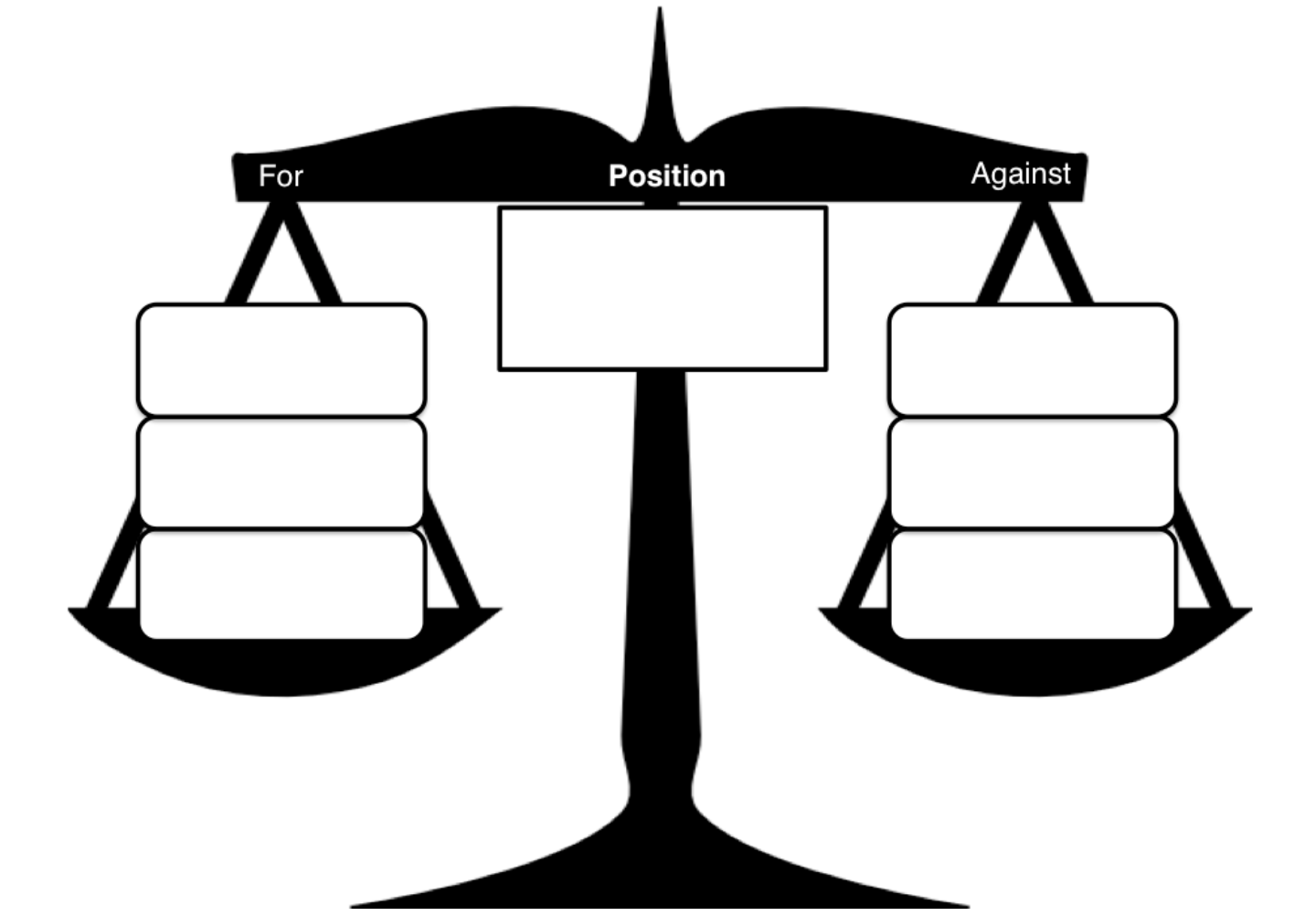
 Source: 10 Pictographic Organizers
Source: 10 Pictographic Organizers
Debates
Some students need more structure when crafting debates. In that case, individual students or groups can use a graphic organizer like the one below to plan their arguments.
A Final Note
A wide variety of graphic organizers are available online. I usually search for my content area, then my grade range. The seven above will give you a starting point to build your collection.
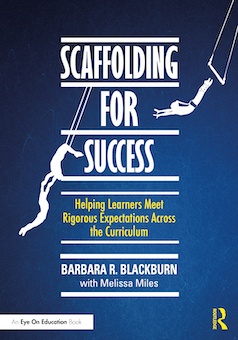
 Dr. Barbara R. Blackburn, a “Top 10 Global Guru in Education,” is a bestselling author of over 30 books and a sought-after consultant. She was an award-winning professor at Winthrop University and has taught students of all ages. In addition to speaking at conferences worldwide, she regularly presents virtual and on-site workshops for teachers and administrators.
Dr. Barbara R. Blackburn, a “Top 10 Global Guru in Education,” is a bestselling author of over 30 books and a sought-after consultant. She was an award-winning professor at Winthrop University and has taught students of all ages. In addition to speaking at conferences worldwide, she regularly presents virtual and on-site workshops for teachers and administrators.
Barbara is the author of Scaffolding for Success (Routledge/Eye On Education, 2025) and many other books and articles about teaching and leadership. Visit her website and see some of her most popular MiddleWeb articles about effective teaching and support for new teachers here.
Feature image by Moondance from Pixabay
